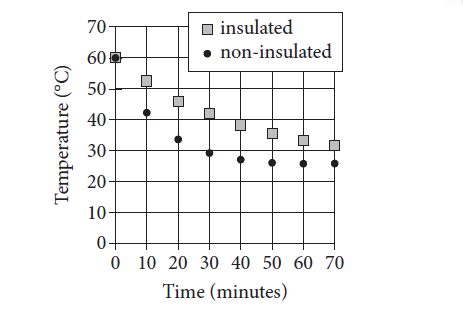(ii) Non -sampling errors can be minimised by taking large samples (True/false)
Text Solution
The correct Answer is:False
|
Topper's Solved these Questions
- CENSUS AND SAMPLE METHODS OF COLLECTION OF DATABOOK - TARUN JAIN & VK OHRICHAPTER - CENSUS AND SAMPLE METHODS OF COLLECTION OF DATAEXERCISE - Essential Practicals
5 Videos
- ARITHMETIC LINE-GRAPHS OR TIME SERIES GRAPHSBOOK - TARUN JAIN & VK OHRICHAPTER - ARITHMETIC LINE-GRAPHS OR TIME SERIES GRAPHSEXERCISE - NCERT Questions
2 Videos
- COLLECTION OF DATABOOK - TARUN JAIN & VK OHRICHAPTER - COLLECTION OF DATAEXERCISE - NCERT Questions (With Hints to Answers)
2 Videos
Similar Questions
Knowledge Check
Instrumental error can be minimised by
Ataking large number of readingsBusing different accurate instrument for the same readingCadjusting zero of the instrumentDmainataining the temperature of the surrounding.Accidental error can be minimised by
Ataking only one readingBtaking small magnitude of the quantity.Cselecting instrument with greater least conuntDselecting instrument with small least count.
Two samples of water of equal mass are heated to 60 degrees Celsius (°C). One sample is poured into an insulated container, and the other sample is poured into a non-insulated container. The samples are then left for 70 minutes to cool in a room having a temperature of 25°C. The graph above shows the temperature of each sample at 10-minute intervals. Which of the following statements correctly compares the average rates at which the temperatures of the two samples change?AIn every 10-minute interval, the magnitude of the rate of change of temperature of the insulated sample is greater than that of the non-insulated sample.BIn every 10-minute interval, the magnitude of the rate of change of temperature of the non-insulated sample is greater than that of the insulated sample.CIn the intervals from 0 to 10 minutes and from 10 to 20 minutes, the rates of change of temperature of the insulated sample are of greater magnitude, whereas in the intervals from 40 to 50 minutes and from 50 to 60 minutes, the rates of change of temperature of the non-insulated sample are of greater magnitude.DIn the intervals from 0 to 10 minutes and from 10 to 20 minutes, the rates of change of temperature of the non-insulated sample are of greater magnitude, whereas in the intervals from 40 to 50 minutes and from 50 to 60 minutes, the rates of change of temperature of the insulated sample are of greater magnitude.
Inferential Statistics refers to those methods by which conclusions are drawn relating to the population on the basis of a given sample. (True/False)
View SolutionMendel experiments had a large sampling size.
View SolutionMendel experiments had a large sampling size.
View SolutionSampling method is comparatively less expensive. (True /False)
View Solution(A): Systametic errors are due to a definite cause and can be minimised.
(R): Random errors are due to unknown reasons and can be completely eliminated .
View Solution
